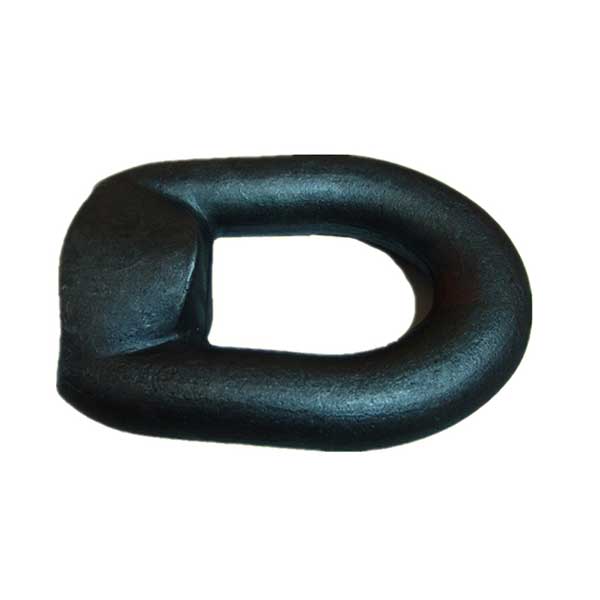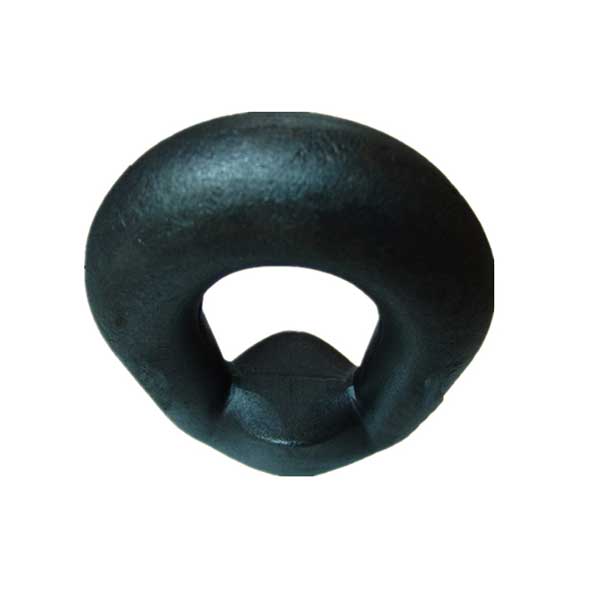Ring forgings are metal components that are produced through the process of forging, in which a heated metal billet is hammered or pressed into a desired shape. Ring forgings are specifically shaped to form circular rings that are used in a variety of applications, including aerospace, power generation, oil and gas, and defense industries.
Ring forgings are typically made from steel or other high-strength alloys, which allows them to withstand high temperatures, pressures, and loads. The forging process also creates a grain structure in the metal that is oriented in the direction of the stresses that the component will be subjected to, which helps to improve its strength and resistance to fatigue.
There are several methods used to produce ring forgings, including open die forging, closed die forging, and seamless rolled ring forging. Open die forging involves shaping the metal billet between two flat dies, while closed die forging uses shaped dies to produce a more precise shape. Seamless rolled ring forging involves shaping the metal billet into a ring shape using rollers, which produces a smooth surface and reduces the need for additional machining.

The production process for ring forgings involves several steps, including:
Billet preparation: The first step in the process is to prepare the metal billet that will be used to create the ring forging. The billet is typically made from steel or other high-strength alloys, and is heated to a specific temperature to make it more malleable and easier to shape.
Forming: The billet is then shaped into a ring shape using one of several forging methods. Open die forging involves shaping the billet between two flat dies, while closed die forging uses shaped dies to produce a more precise shape. Seamless rolled ring forging involves shaping the billet into a ring shape using rollers.
Rough machining: After the ring forging is formed, it is typically subjected to rough machining to remove any excess material and bring it closer to its final shape.

Heat treatment: The ring forging is then subjected to a heat treatment process, which helps to improve its strength and durability. This process typically involves heating the forging to a specific temperature and then cooling it at a controlled rate to achieve the desired properties.
Final machining: Once the heat treatment process is complete, the ring forging is subjected to final machining to achieve its final dimensions and surface finish.
Inspection and testing: The final step in the process is to inspect and test the ring forging to ensure that it meets the required specifications and quality standards. This typically involves using non-destructive testing methods such as ultrasonic or magnetic particle inspection to detect any defects or irregularities in the material.
Overall, the production process for ring forgings is complex and requires specialized equipment and expertise. However, the resulting components are known for their high strength, durability, and reliability, and are used in a variety of applications across many industries.


